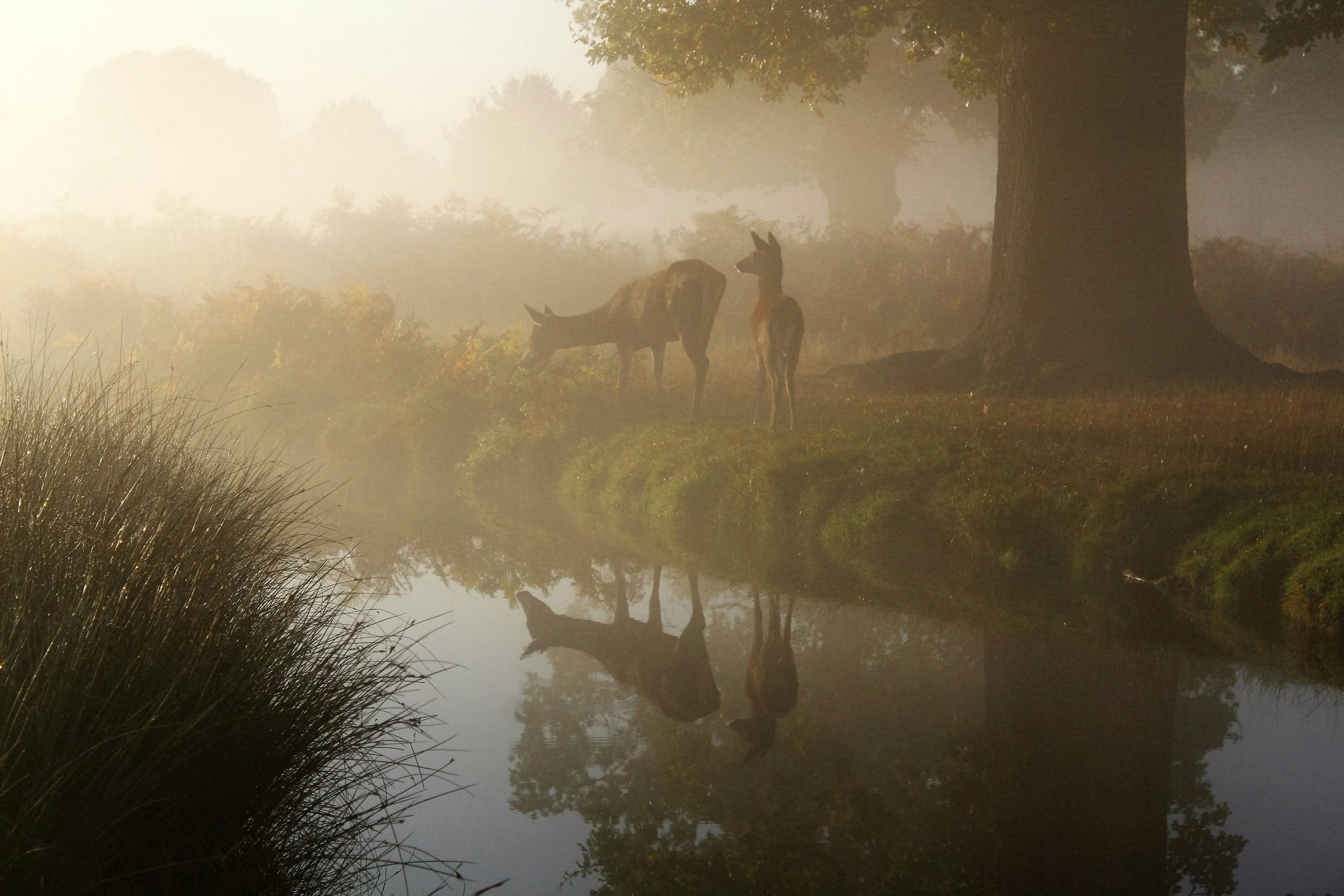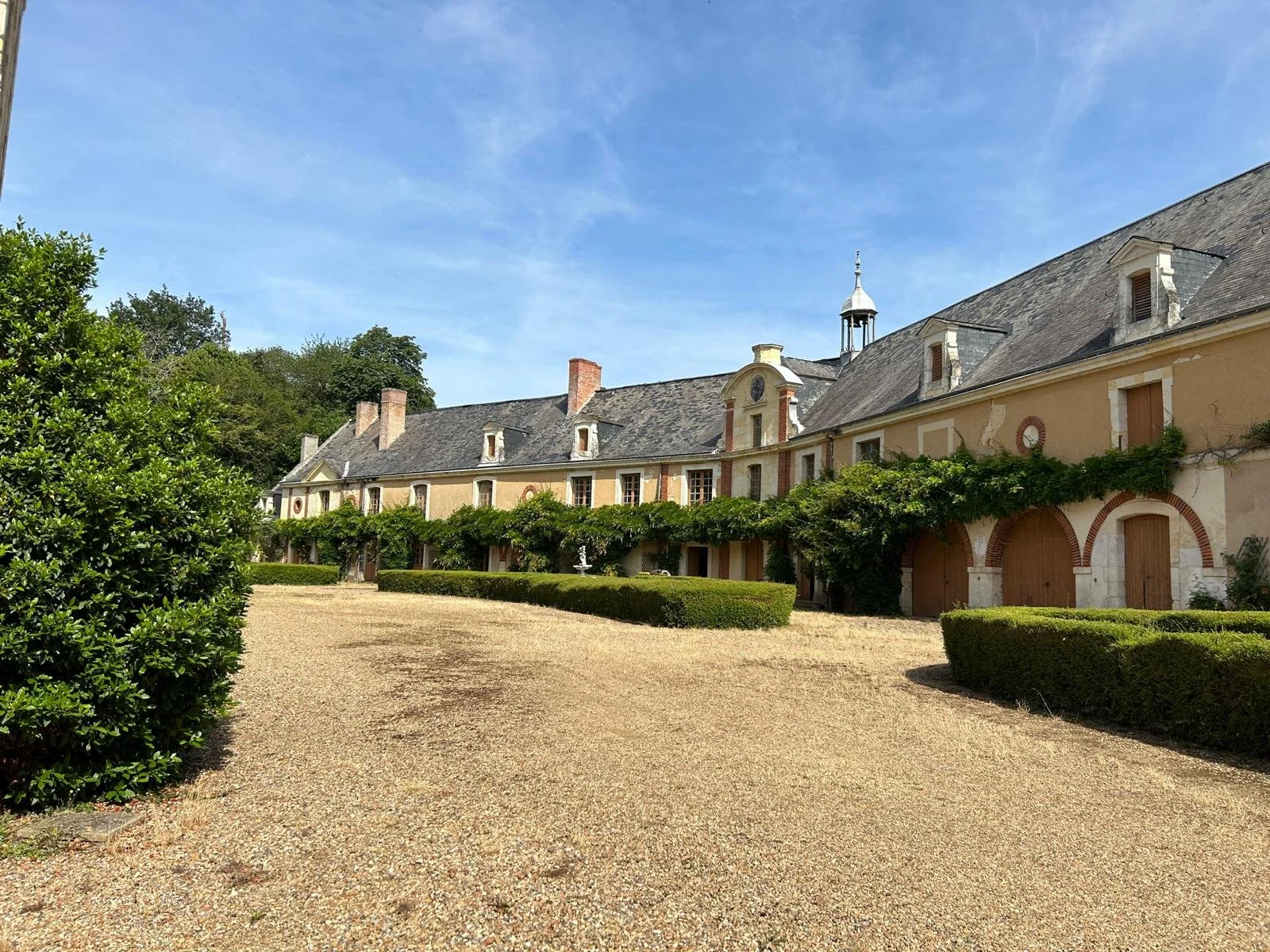The History of le Chateau de la Gidonnière
The story of Gidonnière which was built in the 13th century is filled with a few anecdotes and predominantly mysteries. It is of course linked to the rich history of France and can be traced back to …. the Romans .
How so? The location of the Gidonniere is situated on an antique Roman road where it is supposed that a garrison was set to collect the road toll and protect the spring water which was flowing there with supposedly curative virtues .
The courtyard and the two alleyways from East to West are still on this “via romana” and the chapel stands on the location of the spring. From the medieval castle there are only two defensive towers remaining, one was converted in the 16th century into a chapel and the second one was transformed into a dove house, a key element at the time to show off the wealth of the landlords for centuries.
There is a legend about incredibly long tunnels that takes you to a nearby castle from the servants quarters.
The castle has also had its share of historical visitors: such as the armies of Joan of Arc and most probably her infamous lieutenant Gilles de Rais in the 15th century, in the 17th century the king of France Francois 1er, his mother Anne de Savoie were the benefactors and the protectors of the owners of the castle the brothers Duprat, Antoine Duprat was the chancellor of the kingdom. In the 18th and 19th Victor Hugo and more recently Francois Mitterrand who when President of France were regular guests.
Built as a fortress in the dark 13th century by a warlord named Gideon about whom we know nothing except that he must have inspired such a sheer terror that no one even the mighty Dukes and chancellors who took possession of the castle later, did not dared to change its name. The name Gidonniere, the house of Gideon is keeping alive this obscure warlord.
In the renaissance the castle was owned by two brothers: les Freres Duprat, both ecclesiastical figures who were in charge of the finances of the kingdom at a difficult time for France, when the glorious king of France Francois 1er was kidnapped in Italy by the mighty emperor Charles Quint.
At the place of the fortress a perfect renaissance castle was built with large windows, high ceilings and a brick facade. The architecture is typically Louis XIII. The front facade is decorated with medallions, with the portraits of the two now famous owners the Duprat brothers and the portraits of their benefactors Francois 1er, king of France and his mother Louise de Savoie.
The Royal protection was also sculpted in the central coat of arms indicating that the castle was under royal patronage, which meant that anyone who would attack it would be charged of high treason.
So at the renaissance period the Gidonniere was rebuilt as a “modern” castle with the new modern architecture, the servants quarters as well, being detached from the castle. The family, the descendants of the Duprat family, must have been immensely wealthy and were able to afford one of the first rare trees coming from the New World just discovered: a giant sequoia which is cleverly planted close to the castle in order to attract the thunder, which has been effective in the past before the invention of the lightning rod.
The King’s loving mother Louise de Savoie became the regent of the kingdom. The Duprat brothers had the hard task to gather the king’s ransom at a time when the French nobility was in reality quite satisfied with the absence of the king. How did they manage ? We can guess, given the brutality of the past, extremely ruthlessly but surely very effectively.
The ransom was paid, the king came back and was grateful towards the Duprat brothers who suddenly became extremely wealthy. The old outdated fortress was destroyed, only 2 towers were kept: now the chapel and the former dove house.
During the revolution no bloodshed is recorded but the family disappeared , new owners take possession of the castle and its grounds which extended to the village of Ruille. All the vineyards around were part of the castle’s grounds and produced a specific wine called “Jasnieres”.
In the 19th century the castle became the property of the wealthy Dukes de Gramont and the ducal crest was sculpted on the North facade which had become the main entrance.
The different Dukes of Gramont were extremely prominent in the social but also political life of France, welcoming in their castle celebrities, the most famous being Victor Hugo whose favourite wine became the Janieres. In one of Victor Hugo’houses there is still a box of janieres wine with the label : “to Mr Victor Hugo in his avenue Paris” as the celebrated writer was one of the very few who had the privilege to have his name given to an avenue during his lifetime. Usually this privilege is given after the person is deceased.
The Gramont family members were not only active in the political, social and economic life of their region but also promoted progress and constructed the wonderful iron windmill which still to this day provides running water for the grounds of the castle. The Gidonniere was the first privately owned castle in the Loire Valley to have running water in its bathrooms and kitchens.
The castle of Gidonnière has been nurtured by so many unknown families of owners and their numerous retenues. We know for a fact that at the outbreak of the First World War 77 men and women were living and working in the servants quarters. During the Second World War the castle has hidden the treasures of the Carnavallet Museum in Paris.
We know so little about all these generations and generations who have here loved, supported or betrayed, fulfilled their dreams or had them crushed.



